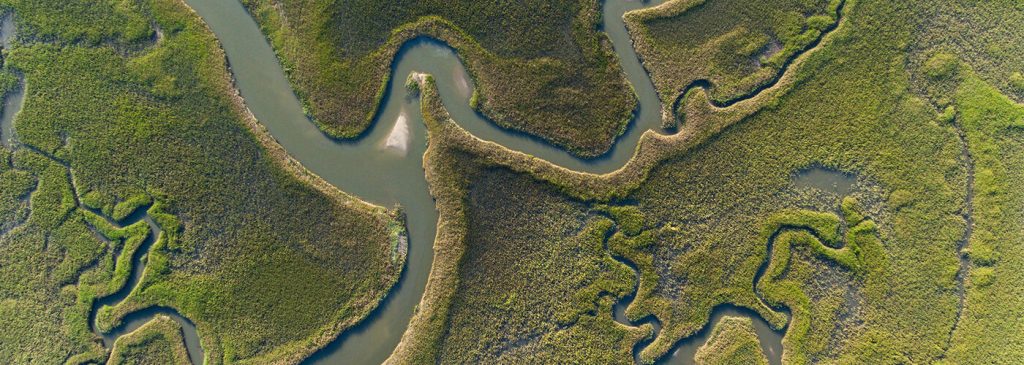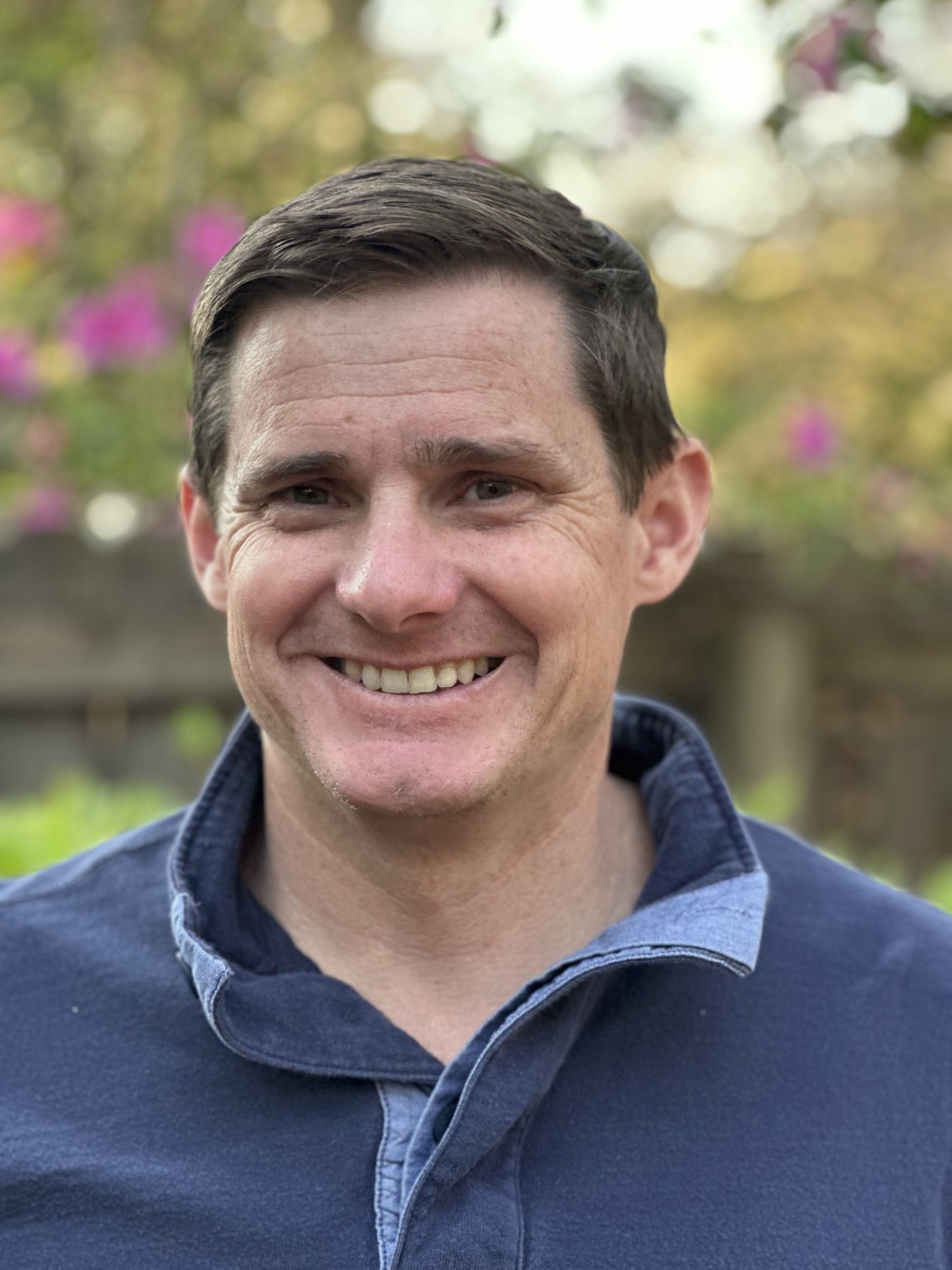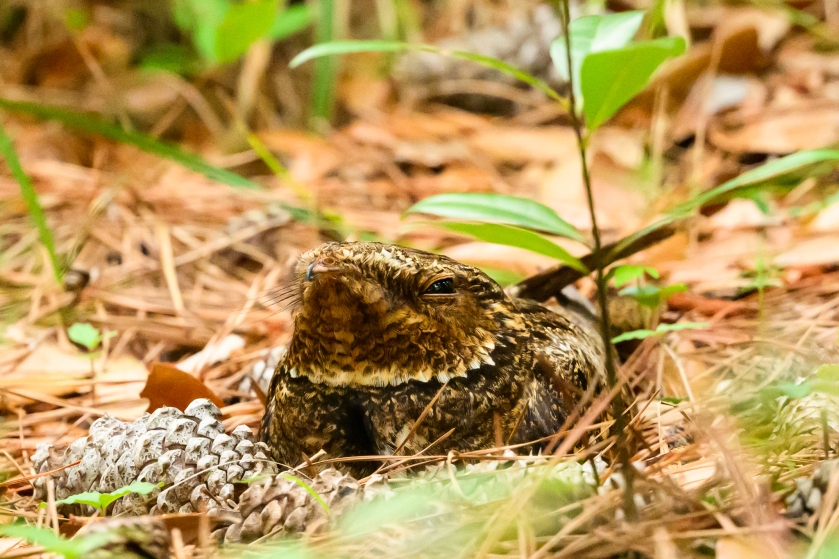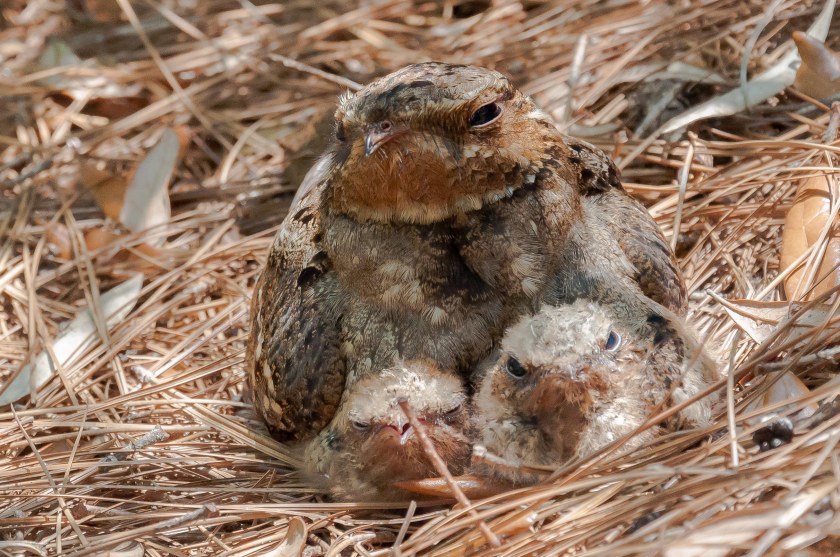

Many members of Seabrook Island Birders are known for their great trips to far flung areas to experience great surroundings, wildlife, and of course, the birds we love. However, one of the great treasures we have here in the Lowcountry are the parks, wildlife management areas, preserves, and other protected natural areas which play a vital role in conserving biodiversity, providing habitats for wildlife, and offering opportunities for bird-watching and photography. Key benefits of these protected areas are habitat conservation, recreation and education, research and monitoring, promotion of ecotourism, wildlife photography and bird watching. For enthusiasts like us, parks and preserves offer excellent opportunities for capturing stunning images of wildlife and birds in their natural habitats.
None of this would be available without the work of organizations like the Open Space Institute. Please come join us on Thursday May 30, 2024 to hear more about this organization and the role they play in conservation in South Carolina. We are also pleased to announce that Nick Wallover will now be presenting. Nick is well-versed in SC Coastal Bird Programs and has spent significant time in our area. Please continue to read for more background.

Speaker: Nick Wallover
Parks and Stewardship Project Manager
Open Space Institute
Date: May 30, 2024, 7:00 pm
Location: Lake House Live Oak Hall
- 7:00 pm Registration & Refreshments
- 7:30 pm Program
- 8:45 pm Program ends
Program Summary
Nick Wallover will present on the history and current status, and future of conservation in South Carolina, and the role the Open Space Institute has played in protecting and opening more than 100,000 acres in South Carolina, Georgia, and North Carolina to the public. The presentation focus will be on existing, expanding, and new places for the public to get outside and see wildlife in the South Carolina Lowcountry, and the habitat restoration and research OSI is partnering with to improve opportunities for residents and wildlife alike.
Nick’s Bio
Nick Wallover is the Parks and Stewardship Project Manager with Open Space Institute, a nonprofit dedicated to protecting land and habitats for conservation and recreation. His role is focused on planning and building public access, as well as habitat restoration and management.
Prior to joining OSI, Nick was Stewardship Manager at the ACE Basin National Estuarine Research Reserve, and a biologist with SC Dept of Natural Resources, primarily with the SC Coastal Bird Program. He has spent time on Kiawah, Seabrook Island, Botany, and Deveaux Bank working with the numerous imperiled species in our state.
(*Join SIB or renew membership for 2024 : https://seabrookislandbirders.org/join-sib/ )






